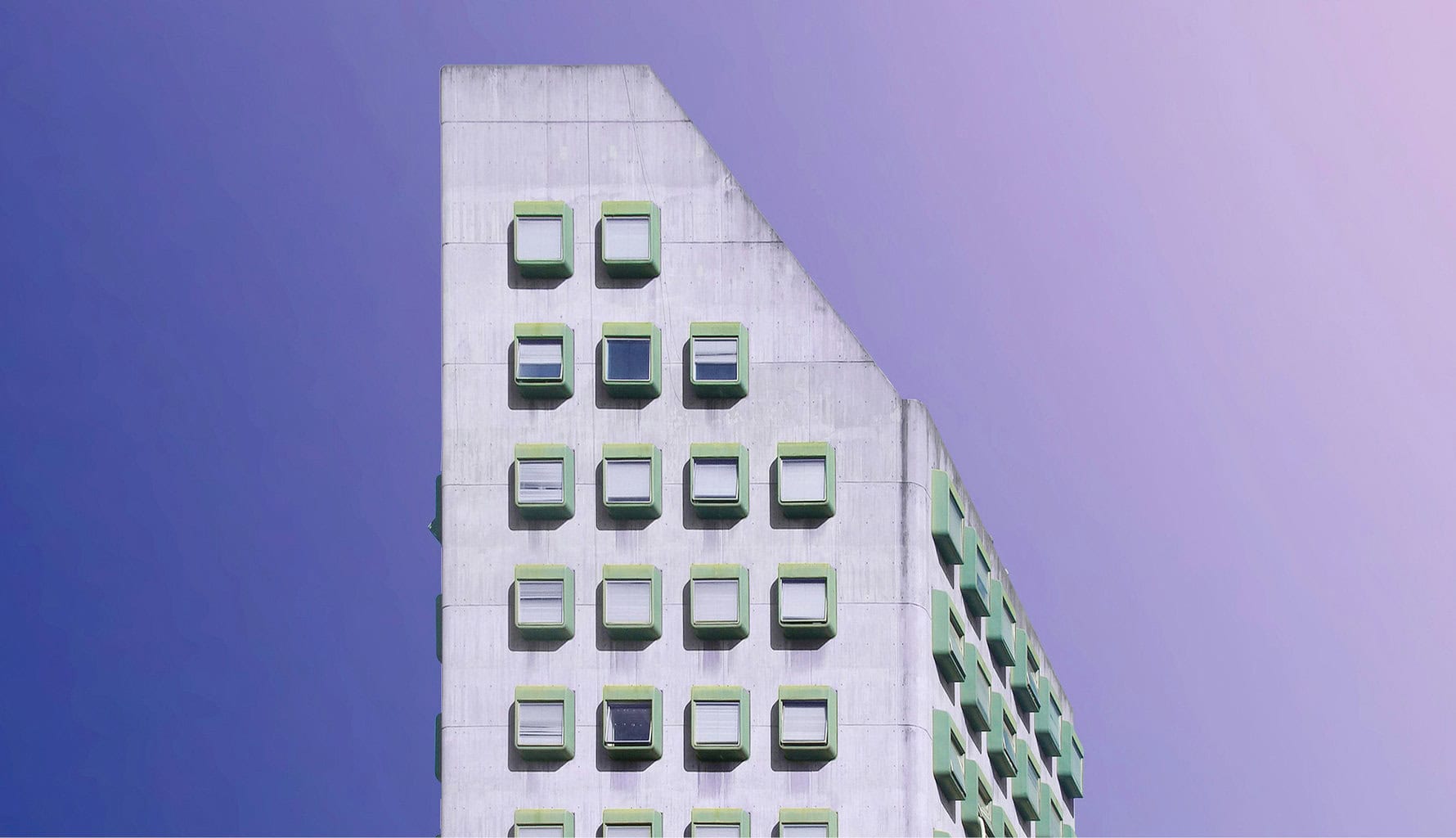Brick and Mortar Experiences Are the New Norm
By Partner and Co-Head of Consumer Retail Cathy Leonhardt
Leading into the pandemic, the retail industry invested heavily in omni-channel capabilities, as brands sought to enhance their digital experience and bolster online customer acquisition. This investment in digital capabilities paid off—and was further amplified throughout COVID. For a while, it seemed as if digital ecommerce penetration, including the derivative buy online to store touchpoints, was limitless. Why go into a store or shopping center when anything can be purchased at the touch of a button, from the comfort of your home?
Post-pandemic, the pendulum has shifted. It has become clear that thriving requires renewed focus on brick-and-mortar expansion, and no industry speaks to this louder than luxury retail. Why purchase a $5,000 handbag or $1,000 pair of shoes without an accompanying luxury experience? Who wouldn’t want to be treated to a sparkling water, invited to review the latest collection from a comfortable designer seating area or consult with knowledgeable brand-ambassadors who make shopping a truly luxury, one-of-a-kind experience?
Next year, 77% of high-end North American consumers expect to visit luxury stores as often or more frequently than they did this year while also demanding an elevated shopping experience, according to a 2023 survey conducted by Business of Fashion Insights. This has led to investment in luxury, as major- and mega-luxury brands continue to elevate brand positioning through store expansion, with spectacular flagships amplified by marketing campaigns featuring the most well-known celebrities and influencers in the world. Of course, this investment in the luxury experience is not coincidentally linked to the broader trend of ever-increasing prices across the luxury sector, demonstrated by Chanel’s recent decision to raise the price of its iconic flap bag to over $10,000 (Fashionista).
In 2022, global luxury store openings grew 11%, over-indexed by the opening of “ultra-luxury” stores, which accounted for 68% of all new openings worldwide (WWD). New locations can be found in both emerging destinations with enthusiastic luxury shoppers and established destinations known worldwide for their fashion influence. This expanded real estate strategy not only grants luxury brands reach to an entirely new, yet lucrative, set of customers; it also creates buzz through dazzling opening events.
Growing Sun Belt cities such as Atlanta, Austin, Las Vegas and Nashville, identified as attractive markets via leveraged insights garnered from e-commerce sales data captured during the pandemic, have all witnessed a massive influx of luxury brands (Forbes). India has also proven to be opportune for expansion, with both LVMH and Kering set to open stores in a luxury mall currently being built in Mumbai (Reuters).
In the major luxury markets, brands compete for premium locations while simultaneously vying to outshine one another via grand flagships that showcase an array of innovative and captivating attractions. The Meatpacking district and 5th Avenue in New York City; Bond Street in London; Via Montenapoleone in Milan – these are some of the most sought-after shopping districts in the world, but there’s a limit to this caliber real estate.
YSL recently broke the record for rent on London’s Bond Street, paying more than £13 million annually for a multistory property. With the competition for space heating up, luxury brands are planning years ahead. Serge Brunschwig, the CEO and chairman of Fendi, recently announced a major new location in Via Montenapoleone to open in 2025—an announcement that followed successful openings of Palazzo Fendi in Cheongdam-dong, the luxury retail hub of Seoul, and a flagship location in Omotesando in Tokyo.
The grandeur of these new flagship locations is setting a new industry standard, transcending the traditional concept of retail spaces to become genuine attractions in their own right, best evidenced by Dior’s “La Galerie” on Avenue Montaigne in Paris, and Tiffany & Co.’s “The Landmark” located on 5th Avenue in New York City. La Galerie, whose renovation was overseen by Peter Marino, who also oversaw “The Landmark,” is a 20,000+ square foot complex featuring a spa, rooftop gardens, a restaurant and pastry shop, and the world’s biggest fashion museum dedicated to a single designer. “The Landmark” which took more than two years to complete with a price tag of as much as $500M (Business Insider), features a private dining room, multiple VIP shopping areas, an original Jean-Michel Basquiat and an “Audrey Room,” which is entirely dedicated to Audrey Hepburn, even showcasing the Givenchy dress she wore in “Breakfast at Tiffany’s.”
With every new opening comes a flurry of impressive events featuring influencers and celebrities alike. The unveiling of Tiffany’s “Landmark,” an A-lister-packed occasion, kicked off with a ribbon-cutting ceremony hosted by Gal Gadot, followed by a lunch at the famed Blue Box Café, and concluded with a party whose guest list included Zoe Kravits, Florence Pugh, Pharrell and more (Vogue). This strategy of hosting grandiose events teeming with the world’s top influencers and most famous celebrities has proven to be a winning formula, leaving local consumers buzzing about a new location for months, and eager shoppers clamoring to get inside.
Pop-up shops continue to serve as another effective means to create excitement and foster deeper consumer engagement. Shoppers flock to these limited-time events to participate in something special and gain access to exclusive drops. Dior’s successful pop-ups this summer at the One & Only Desaru Coast in Malaysia and at the Surin Phuket hotel in Thailand prove that brands target their loyal customers around the world, emphasizing the global nature of luxury in 2023. Dolce & Gabbana’s Summer 2023 pop-up at the San Domenico Palace in Taormina (the filming location for season two of HBO’s “The White Lotus”) is another perfect example of using hype and beauty to engage with loyal customers and continue fostering a unique brand connection. This emotional experience is what sets luxury apart from other retail; it provides something deeper and more provocative than simply purchasing an item. It makes you feel good.
As the economic environment continues to become more challenging, today’s luxury consumer has revealed that this feel-good effect is a necessary part of the brand experience. Engagement, grandeur, celebration: these trends are not merely a response to shifting consumer preferences but a testament to the enduring allure of experiential retail in the luxury fashion sector.
While the luxury “arms race” is in full swing, largely driven by new locations and flagships, acquisitions still play an important role in expansion. Though companies may look to own the next Dior, Gucci or YSL, brands that can generate billions in annual revenue, independent heritage luxury brands are a scarce commodity. Kering ‘s acquisition of a 30% stake in Valentino for €1.7 billion represents one of the few recent transactions for a heritage luxury brand. In any case, accelerating investment in owned brands, along with consolidation through acquisitions, has intensified the competitive landscape, elevating the stakes in the luxury market.
This article originally appeared on Brands Journal.
Read the Article


